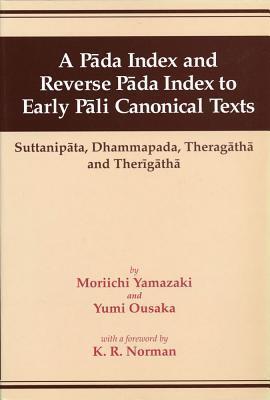
Nihon no kyōkai wa doko e: Senzen, senchū, sengo no kyōkai no sugata
작성자
Akira Idogaki
아직 평점이 없습니다
Religion & Spirituality
형식
하드커버
페이지
216
언어
일본어
출판됨
Jan 1, 1992
출판사
Inochi no Kotobasha
ISBN-10
4264013798
ISBN-13
9784264013792
설명
Akira Idogaki presents a profound exploration into the boundaries that define Japan across different historical eras, examining the shifts in its borders before, during, and after the war. With a careful blend of historical analysis and cultural reflection, the work delves into the evolving nature of Japan's identity as it navigates through the complexities of time and conflict.
The author meticulously illustrates how the perception of boundaries has transformed over the ages, influenced by both internal and external factors. By incorporating bibliographical references, Idogaki enriches his argument, allowing readers to dive deeper into the historical context surrounding each boundary's significance.
Idogaki's insightful narrative invites readers to ponder the broader implications of these geographical and ideological boundaries. Through this exploration, he sheds light on the interplay between territory and national identity, prompting a reflection on what it truly means to belong to a place.
Ultimately, the work serves as both a historical account and a thought-provoking commentary on the essence of location in forging a national narrative, making it a compelling read for anyone interested in Japan's complex relationship with its borders.
The author meticulously illustrates how the perception of boundaries has transformed over the ages, influenced by both internal and external factors. By incorporating bibliographical references, Idogaki enriches his argument, allowing readers to dive deeper into the historical context surrounding each boundary's significance.
Idogaki's insightful narrative invites readers to ponder the broader implications of these geographical and ideological boundaries. Through this exploration, he sheds light on the interplay between territory and national identity, prompting a reflection on what it truly means to belong to a place.
Ultimately, the work serves as both a historical account and a thought-provoking commentary on the essence of location in forging a national narrative, making it a compelling read for anyone interested in Japan's complex relationship with its borders.



![チェンソーマン 17 [Chainsaw Man 17]](https://images.bookpine.com/24c3b5ac-1c54-4d95-8f32-4574b21c87f2.jpg)





![Hyakuman-nin-no-Fukuin 2024/8[Japanese Edition]](https://images.bookpine.com/cf54f224-7a62-46f1-9203-dea48d892198.jpg)
